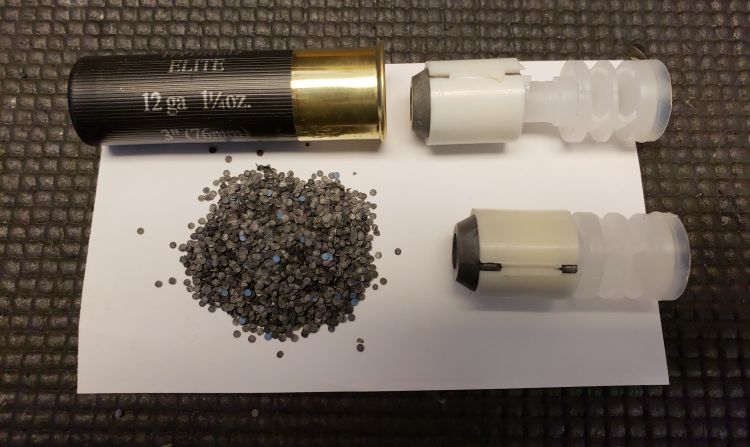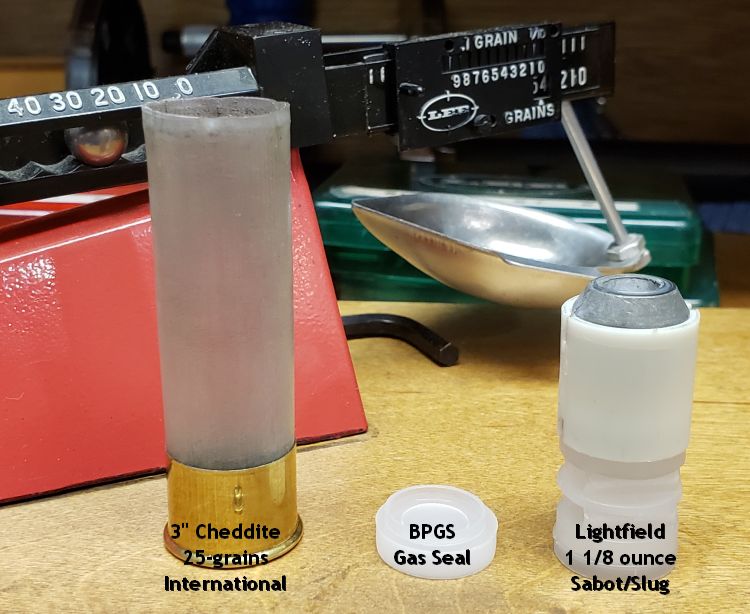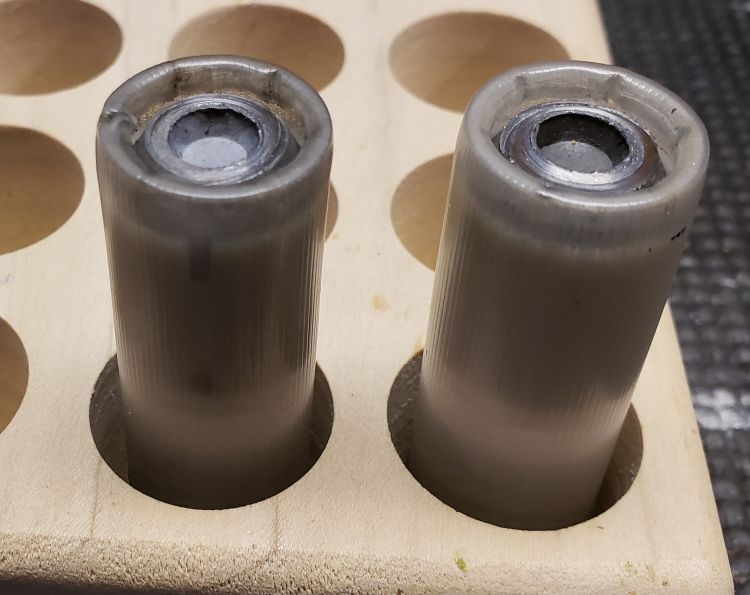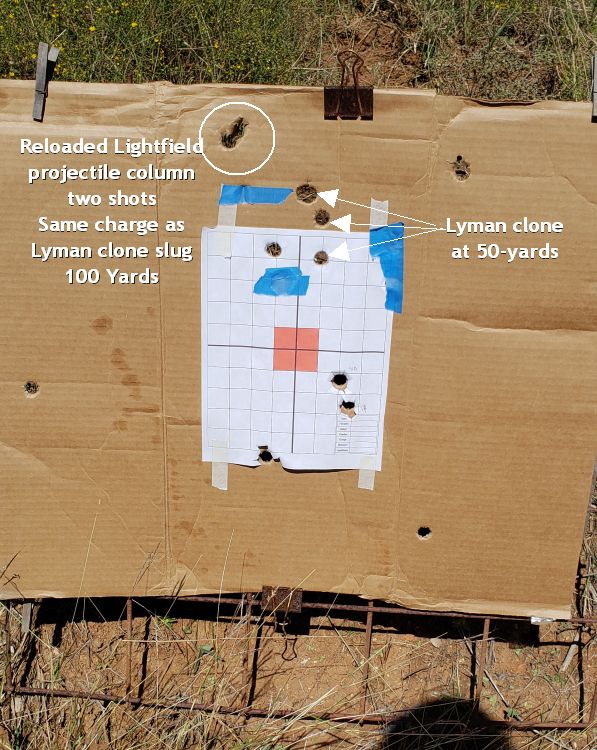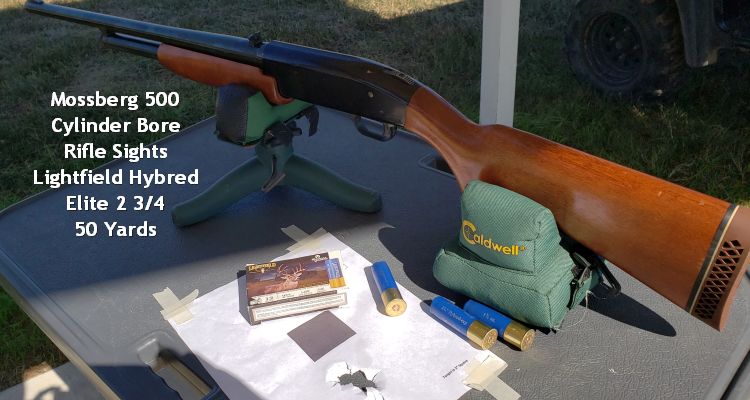Thanks for the explanation. Still don't fully comprehend the CP. Is that a computer generated value?
The relationship between the CG and CP? What is optimal? Or is there an optimal? And does this change with the type of bullet profile? IE: long and skinny vs. short and fat.
The actual design of the Lyman Slug closely follows the average Diabolo Airgun Pellet and that design has been proven to be very accurate in Airguns within a certain range (10M). I have several that will essentially put all their shots thru the same hole for as long as you can stand to do it. The greatest accuracy seems to be delivered at a velocity of around 600 fps.
I wonder if there is a velocity "Sweet Spot" for these larger pellets as well? And that maybe we are pushing that envelope and trading Accuracy for Horsepower?
From a smooth bore It seems that the Lyman slug will only produce whatever accuracy is granted by divine guidance. However from a rifled barrel I would expect it to act like an Airgun Pellet. Lets face it the slug has the Aerodynamics of a Refrigerator, but that doesn't mean that it can't provide a useful service within the ranges it is designed to be used at. It is just NOT going to be one hole accuracy. Too many variables to unravel. So you take what you can get.
This all comes under the heading of the statement I have made here and elsewhere so many times regarding Accuracy of different weapons.
Mini14's come to mind as I have fought that battle many times. There is "wished for accuracy," and there is Reality. Only one is useful.
Many people regard the Mini 14's accuracy as completely unusable. And in fact think that every gun must exhibit sub MOA accuracy in order to be useful.
We all know that this is a stupid way to look at it. My Mini 14 is a solid 1.5" gun and It will kill you just as dead as a 3/4" gun or for that matter a 3" gun. By extension these shotguns are only going to be 100 to maybe 125 yard guns and if we can get one inside 3" at 100 yards I would say we had reached true nirvana. But twice that would probably do the job as the size of the projectile makes up for it's inability to hit in the same place every time.
It all gets down to the end result that you work up a load and then you go shoot something with it.
If you end up eating what you shot, then I would say you were successful.
Randy

|
   
   
|


|







 Reply With Quote
Reply With Quote



